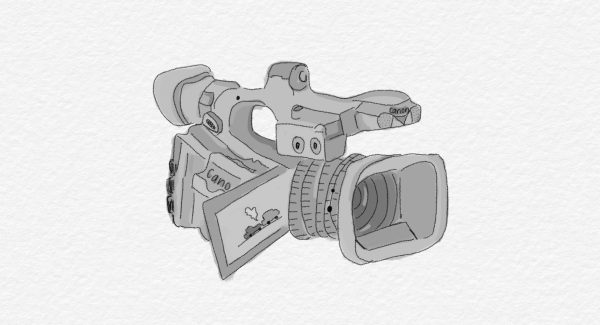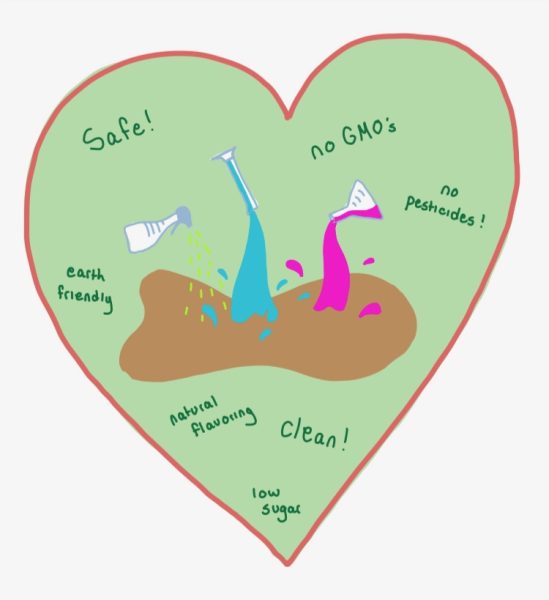Athletes’ Safety Should Come First
January 7, 2014
During the last decade, sports concussions and injuries only seemed to pertain to professional athletes; however, high school players increasingly get injured and suffer permanent brain damage from playing on their sports teams. Teenagers should not need to worry about losing the ability to walk, or having impairments from simply playing an enjoyable sport that is meant to make them strive to become better. High school sports must have safer regulations, more money must be put into school sports programs, and injuries should be handled and cared for on the spot to prevent injuries that may lead to concussions.
According to the American Association of Neurological Surgeons (AANS), brain trauma and concussions have become more frequent over the past decade. These dangerous sports are threatening students. Athletes should not have to worry about these types of life-threatening dangers, but rather enjoy their sports careers. Stronger and more enforced regulations must be enacted by schools across the United States to end these unfortunate injuries that should not be present in a school environment. In a study conducted by the AANS in 2009, football, baseball and softball, basketball, water sports, soccer, and cheerleading caused the most trips to the emergency room out of all sports available in high school. All of these sports are everyday activities that many students at CHS and at other schools play on a daily basis. The impact of these findings show that teenage sports need to have safer regulations and that coaches and assistants must be watchful of these traumas, so that such injuries will not lead to severe brain damage.
Teenagers do not realize that at any moment in their sports career, they could be severely injured, which would affect the rest of their lives. Safer and more protective regulations must be kept in place while playing sports to ensure and reduce the amount of concussions and injuries to players, specifically the rules need to be shared and present through all games and practices. To make sure that these regulations are enacted daily, coaches and players need to be aware of the rules and safety precautions before practices and games. Also, equipment and first aid treatment packages must be present to make sure injuries are cared for on the spot. In order to complete this process, schools must provide the funds for safety equipment, so players can rely on secure gear. School districts should allow more funds to be placed in afterschool sports programs to pay for safe and proper equipment and supplies for injuries.
In addition, it is vital for injuries to be cared for on contact and not pushed aside. Brain trauma and severe injuries to the head will result in further damage, if not dealt and cared for with proper treatment at the site of the injury. Trauma to the head and any other kind of injury can develop and worsen over time, when not cared for. In order to get this treatment, schools must supply the funds for bandages, medicine, and other supplies to take care of injuries. Also, coaches and all athletes must play according to the rules of a game to prevent injuries.
Overall, high schools must protect student athletes from brain trauma injuries by supplying the funds for safer equipment. With the appropriate funds, more first aid packages can be present at practices and games. In addition, coaches and players must obey the rules of the game and play safely to avoid unnecessary injuries. With these regulations, any injury, especially involving the head, needs to be treated immediately to prevent further damage and injuries. These regulations will help prevent future concussions and keep players safe.





















